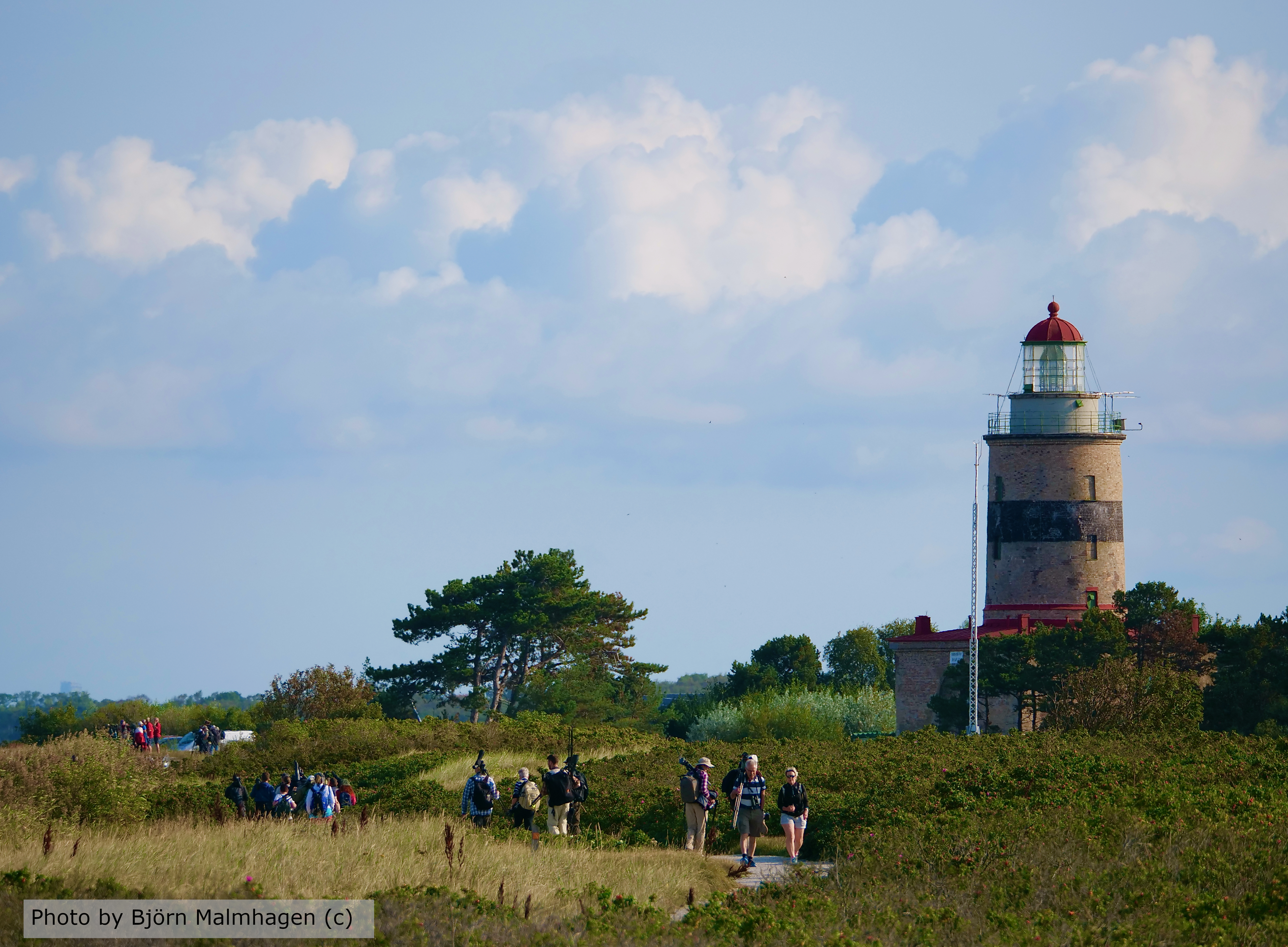Changes in numbers of migrating birds at Falsterbo, South Sweden, during 1980—1999, as reflected by ringing totals
DOI:
https://doi.org/10.34080/os.v12.22825Keywords:
bird ringing, bird banding, bird observatory, migration, population studies, climate effects, trapping methodsAbstract
Ringing totals from 1980—1999, a twenty-year long period of standardized trapping at Falsterbo Bird Observatory, S. Sweden, are presented. Nearly all birds are passerines and most species are nocturnal migrants. There are three series of data: spring and autumn totals from the Lighthouse Garden and autumn totals from the Flommen reedbed Each series was treated separately. We used the seasonal totals in a sample of 50 regularly occurring species for monitoring purposes. Among long-distance migrants, 15 of 24 species showed significantly negative trends and only one was positive. The largest decrease in numbers occurred around 1990 in most cases. Among medium/ short-distance or partial migrants the pattern was different with fewer significant trends, which were either increasing or decreasing. Analyses of different environmental factors, which may have affected the trends, as well as comparisons with other monitoring programmes, were not made in this paper. Instead, possible biases in the results caused by errors in the methods of standardized trapping are discussed. Fixed seasons, trapping sites and trapping equipment are essential parts of the standardization. Necessary attention must be paid to influences of topography, weather, migration periods and the behaviour of the birds in the trapping area when interpreting the data.
Downloads

Downloads
Published
How to Cite
Issue
Section
License
The copyright of each contribution belongs to the author(s), but all contributions are published under a Creative Commons license, so that anyone is free to share and reuse the contribution as long as the copyright holder is attributed.







